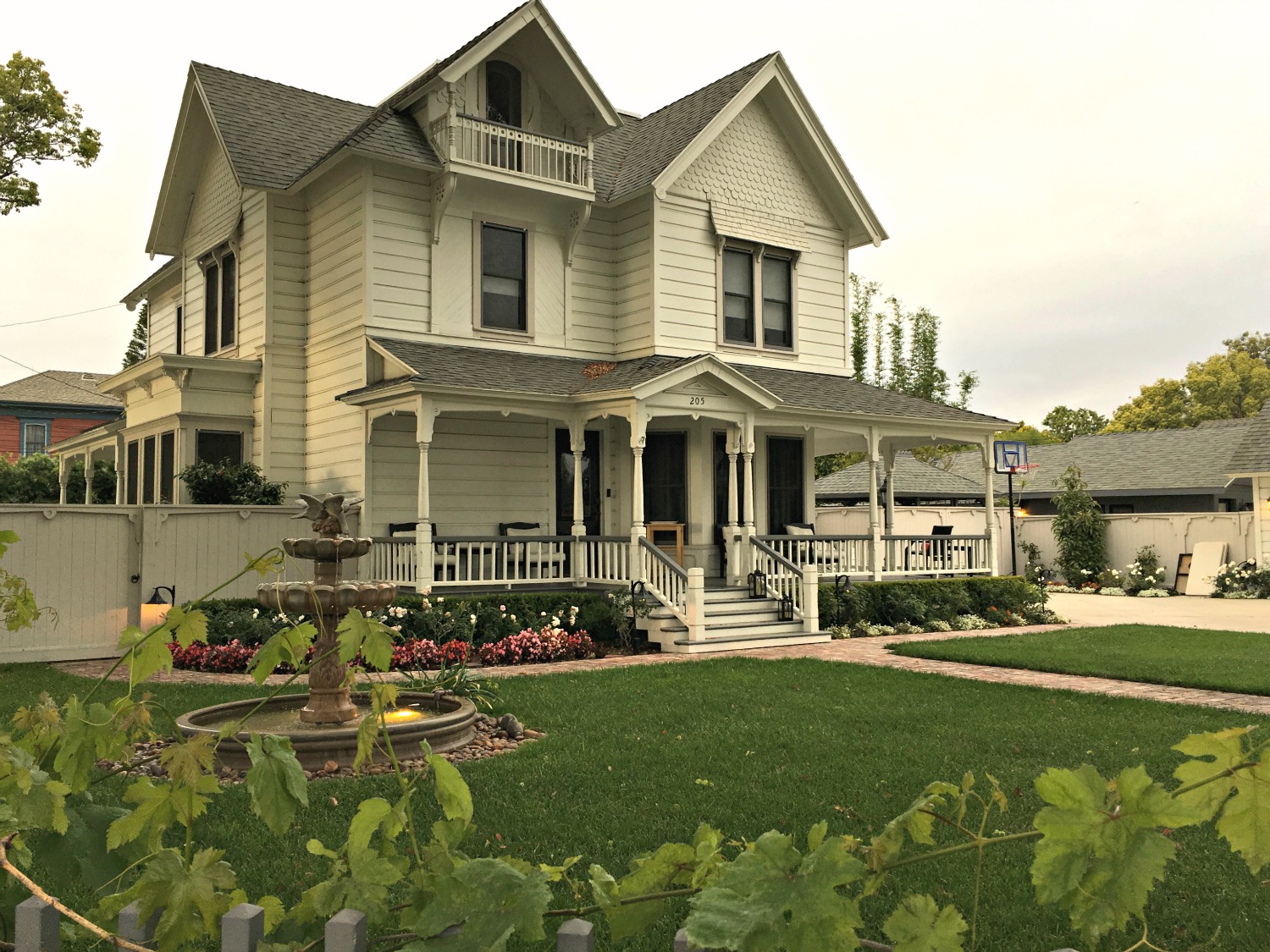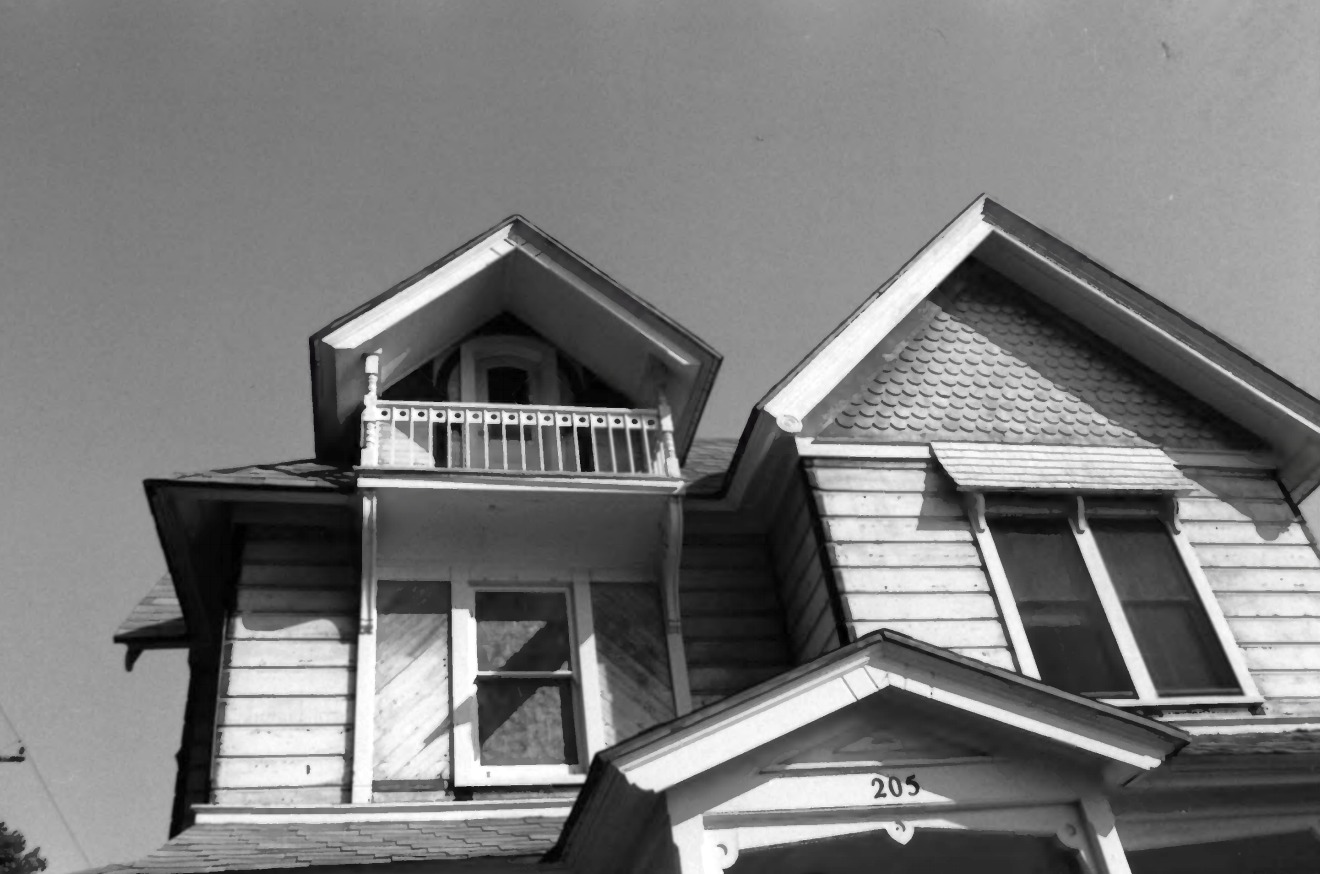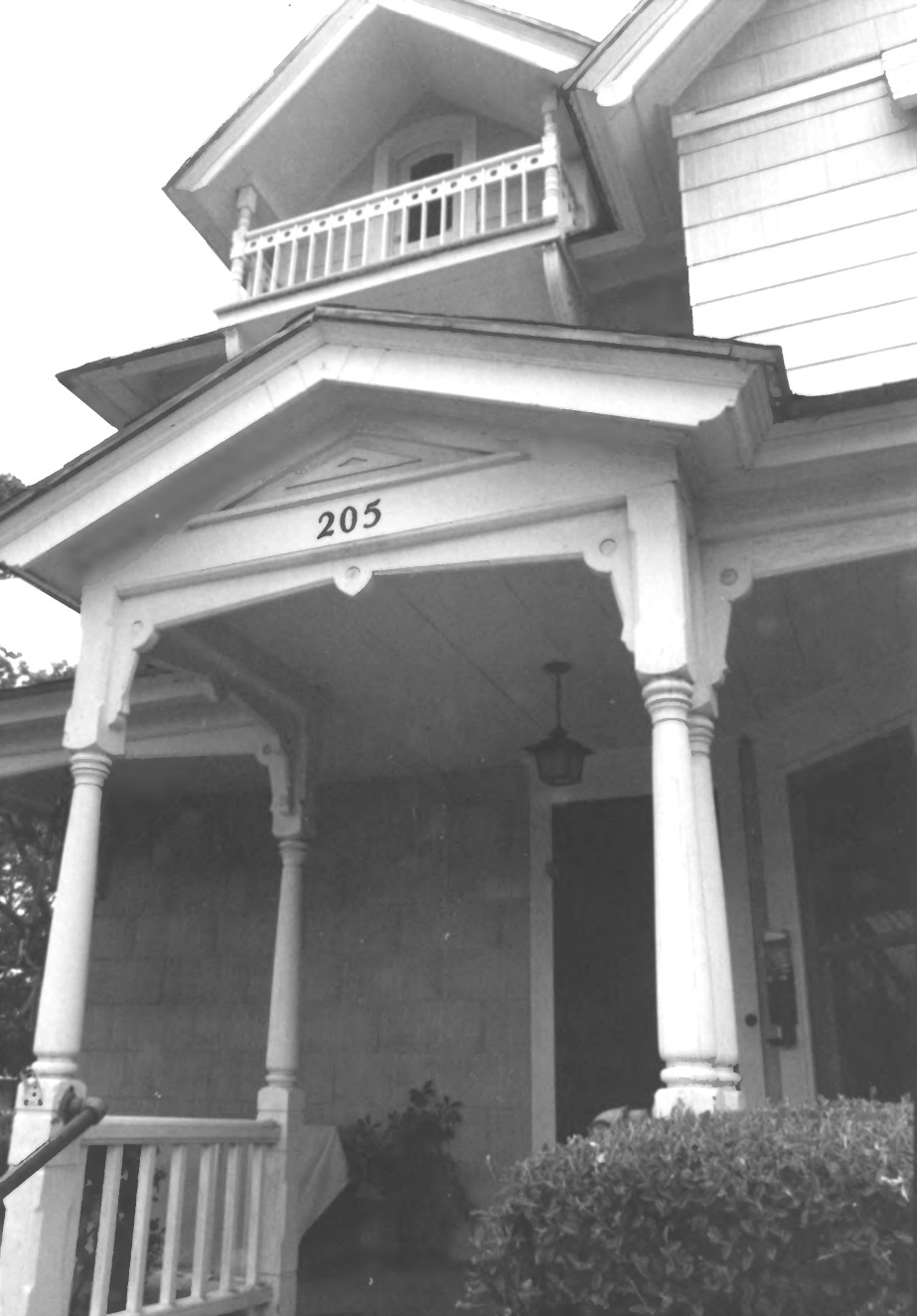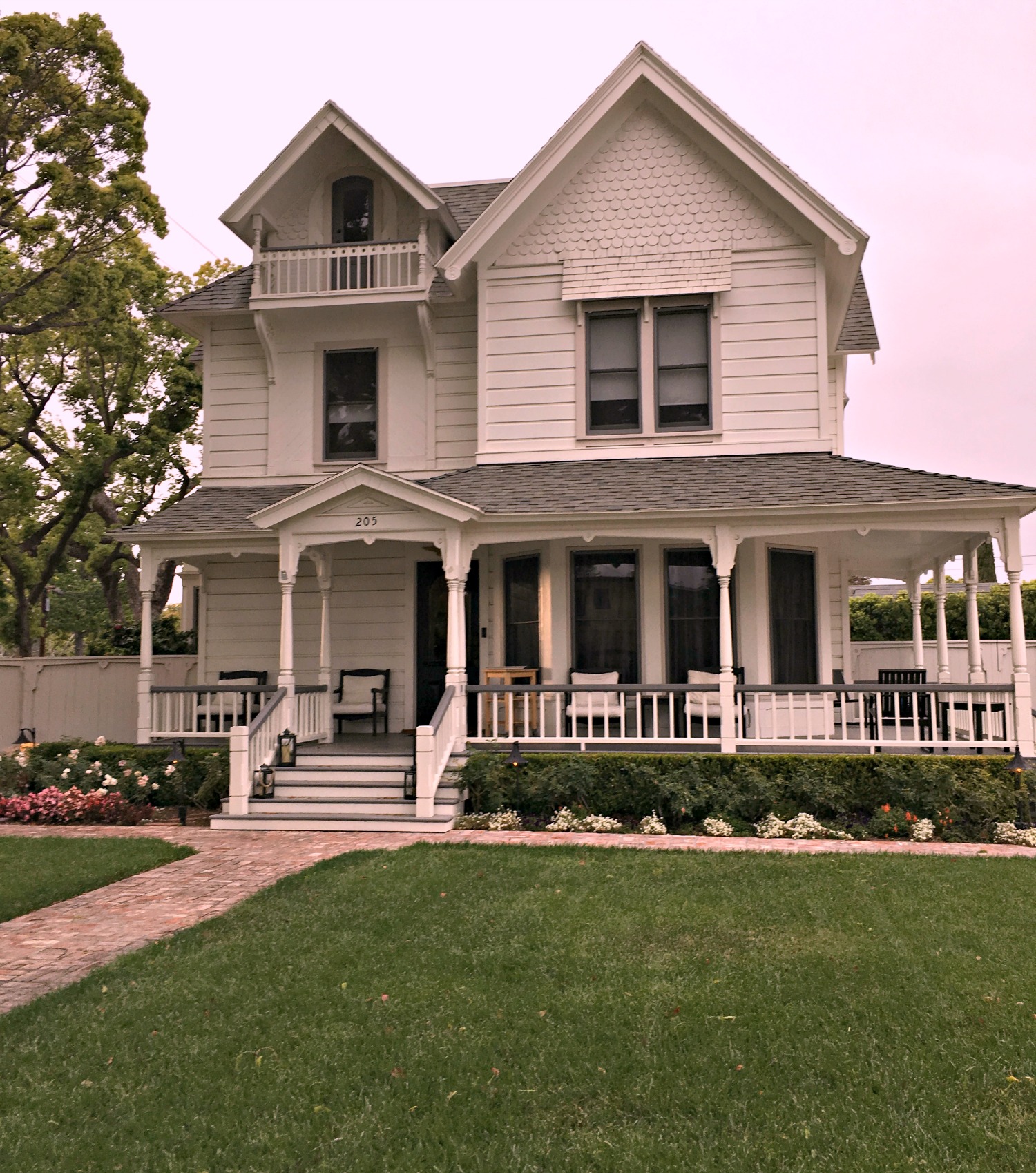The C. Z. Culver House
205 East Palmyra Avenue, Orange, California
A block or so away from the hubbub of Old Towne Orange is a regal three-story Queen Anne Victorian home on the corner of Palmyra Avenue and Orange Street. Located within the designated Old Towne Historic District— California’s largest national historic district— the C. Z. Culver House was built in 1888 and served as overflow quarters for the nearby Palmyra Hotel, a stunning Victorian inn that was built in 1887 and had 40 rooms, a wide veranda, and an observation deck. While the home still stands and was added to the National Register of Historic Places in 1986, the hotel was razed in 1970.
The home and hotel were both within walking distance of the plaza and train depot, which opened in 1887 under the Santa Fe’s affiliate, the Southern California Railway. The city’s first rail service also began during the region’s building boom of the late 1800s and was a four-mile line known as the Santa Ana, Orange & Tustin Street Railway.
Also known as the Palmyra Hotel Annex, the Victorian home features Picturesque woodwork; ornate details; steep, gabled rooflines; a generous wraparound front porch; second- and third-story balconies with ornamental balustrades; a third-story dormer; and a detached garage. While C. Z. Culver is credited as the builder for both properties, another Queen Anne Victorian also known as the C. Z. Culver house, was designed in 1887 by Joseph Cather and Samuel Newsom (ancestors of Gavin Newsom) in the Los Angeles County foothill town of Monrovia. Many of the Newsom brothers’ records were destroyed in the fire after the 1906 earthquake in San Francisco.
Who Was C. Z. Culver?
C. Z. was Charles Zenas Culver, born in Palmyra, New York, around 1850. Culver was a clerk for the United States Department of the Interior until the early 1880s, when he moved West. During his stint in Southern California, the ambitious and enthusiastic Culver accomplished a lot. In addition to building and developing the Queen Annes in Orange and Monrovia, Culver established real estate and immigration offices in downtown Los Angeles, where he promoted Orange County and San Bernardino’s development opportunities in local newspapers. In addition to serving on Orange’s first city council, Culver also tried his hand at ranching and wrote agricultural books based on his experience with his acres of Muscat raisin grapes. By 1888, he was in financial trouble and sold his property. Records reveal that he resided in Guadalajara and Ensenada, Mexico, in the early 1900s, married a Smith College graduate named Bella Horton Stevens, and lived out his remaining years in San Francisco, where he was a statistician for the American Red Cross. Culver died in 1925.
In 1984, when new owners began the repair of the C. Z. Culver House, asbestos siding was removed. Underneath were hidden architectural treasures: fish scale shingles covering the faces of all the gables and a small balcony, corners clad in trim boards, diagonal box-car siding, wide shiplap, and vertical siding. On its nomination form for the National Register of Historic Places, the restoration of the Culver House promised that it “will once again be a historical landmark which will remind others of the marvelous days of the ‘Boom of the Eighties’.”






